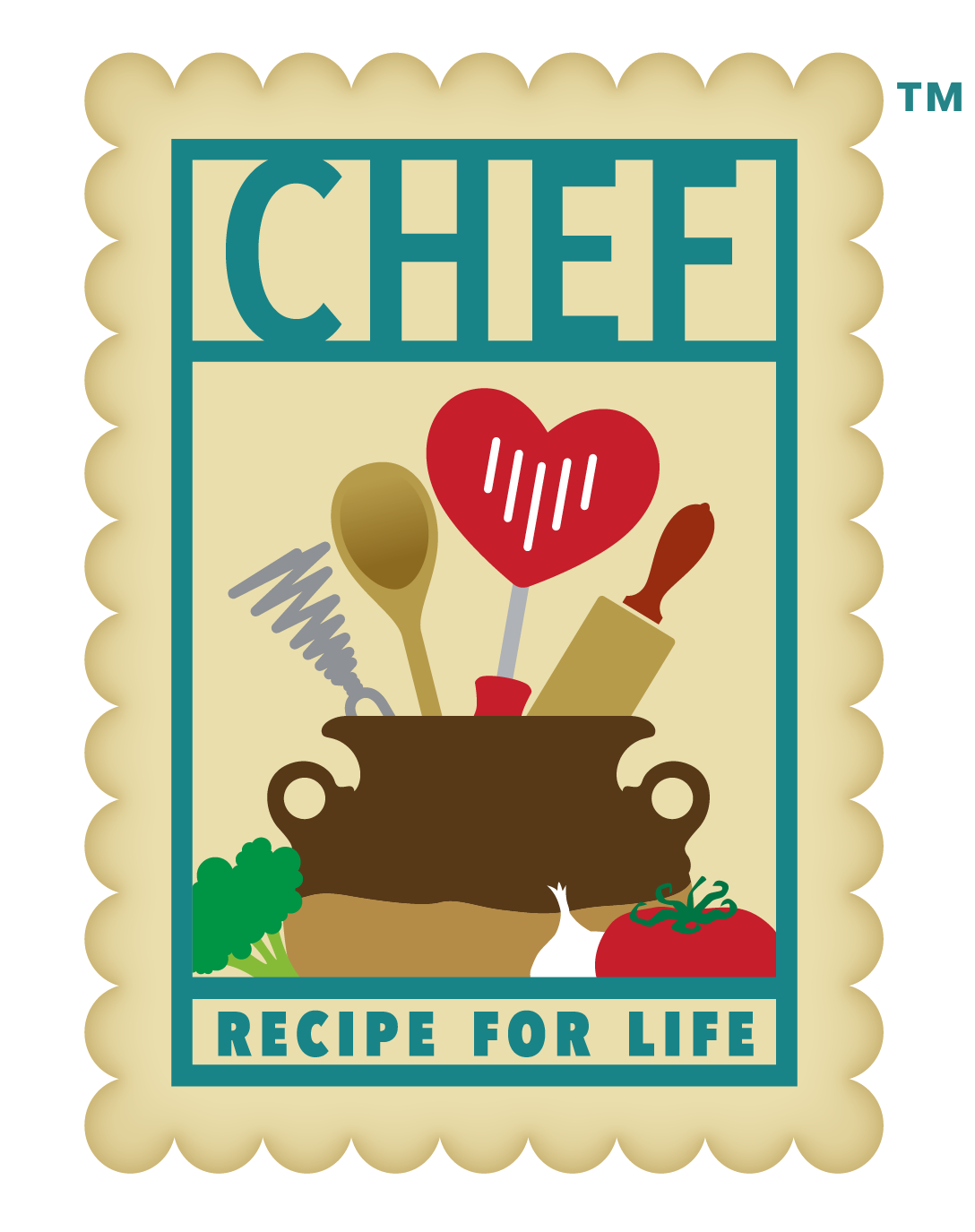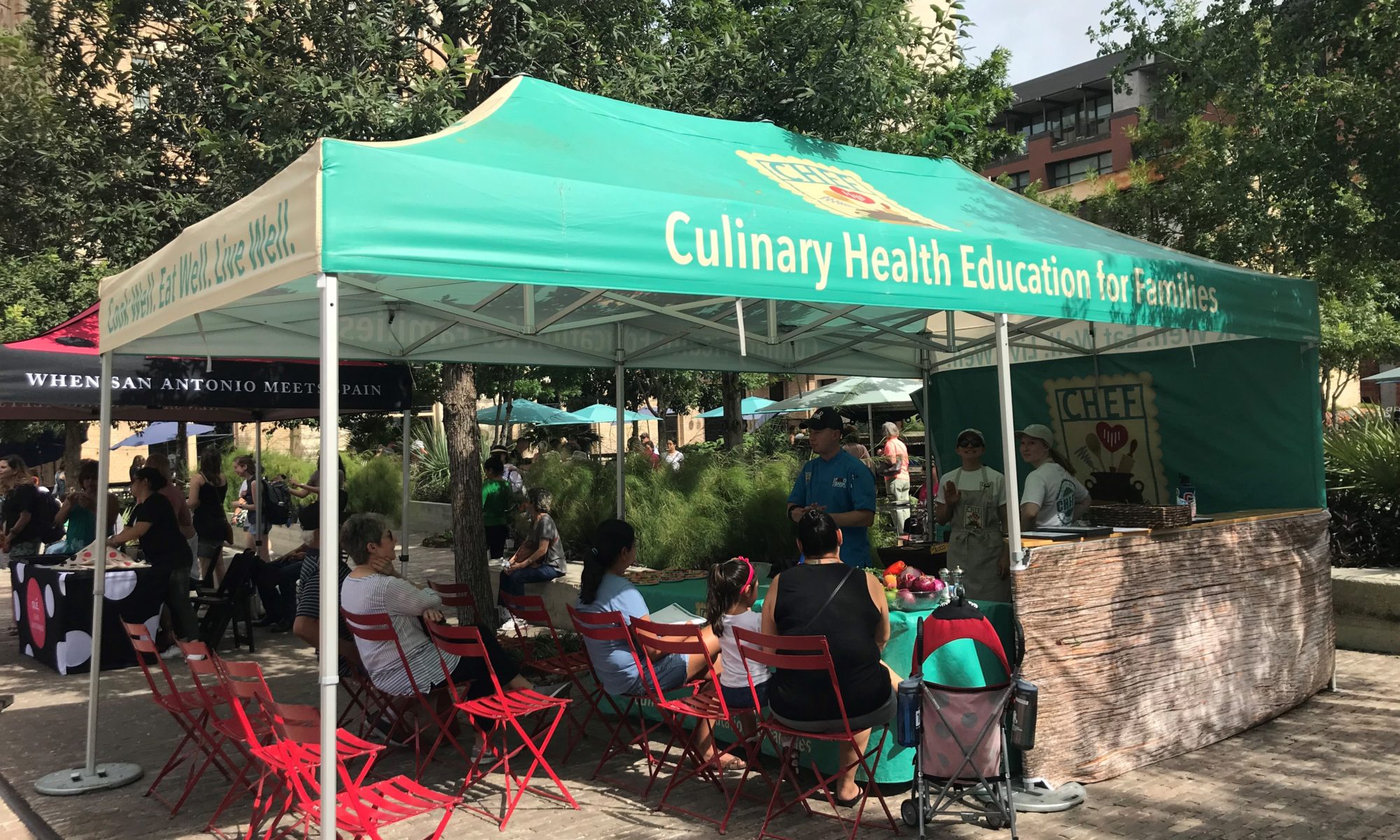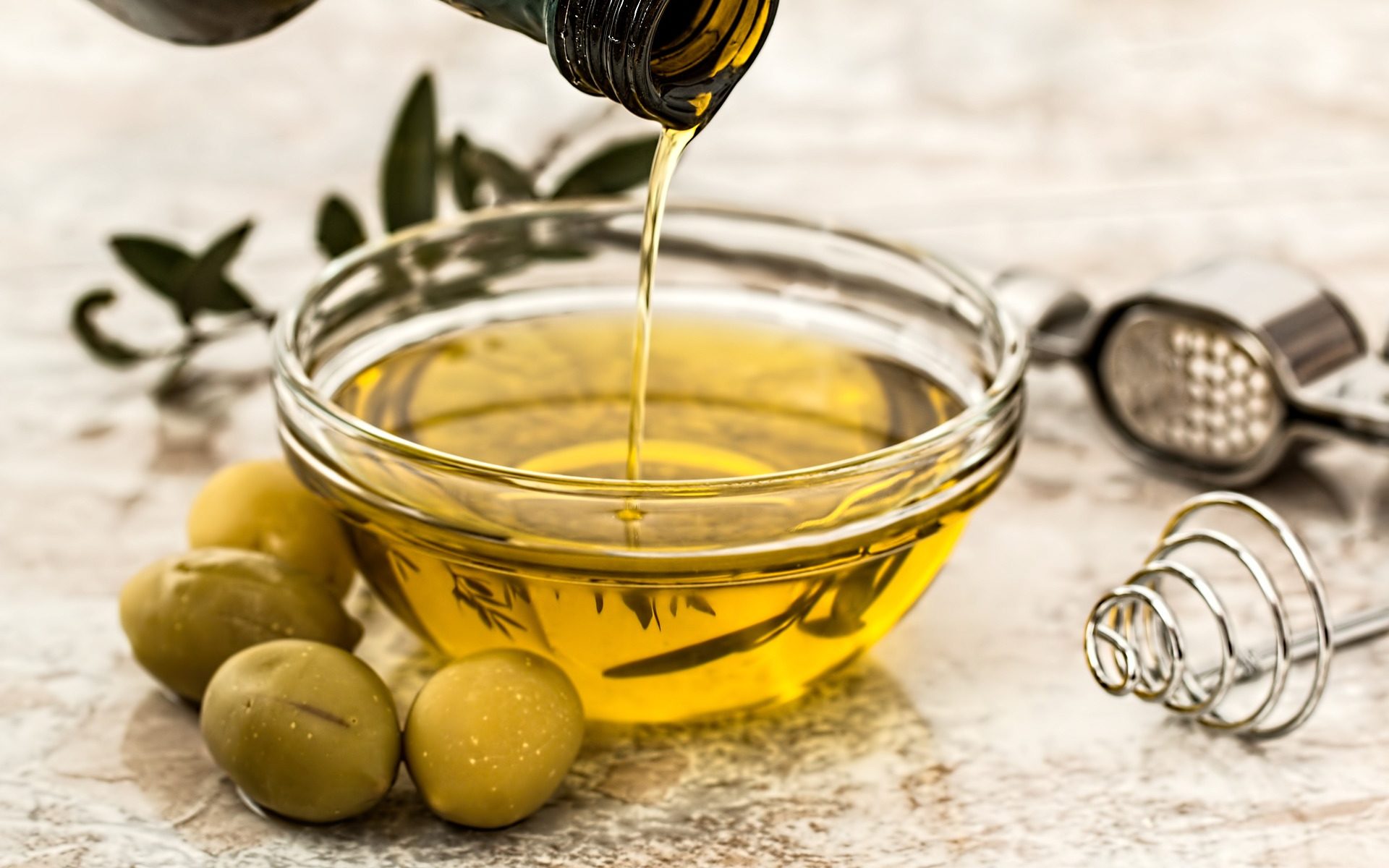by Tori Parsons, R.D.
reviewed by Katy Bowen, Community Outreach Director, CHEF
At the San Antonio Botanical Garden (SABOT) CHEF Cooking Camps, children learned basic cooking skills while creating healthy recipes using produce found in SABOT’s Culinary Garden! But the children went beyond simply cooking a nutritious meal. Chef Dave Terrazas, the Culinary and Wellness Program Specialist and CHEF Lead at SABOT, encouraged campers to apply all five senses throughout harvesting, cooking, and eating to develop a whole new appreciation for their meals.

Sight: We eat with our eyes. Looking into the Culinary Garden, campers were exposed to a variety of colorful fruits, vegetables, herbs, and edible flowers. The children’s natural tendency to choose colorful produce in the garden led to vibrant, appetizing meals on their plates.
Smell: In the Culinary Garden, there are a large variety of herbs, from cinnamon basil to chocolate mint, and the different varieties can all look very similar. Chef Dave encouraged his students to smell the different herbs and decide which would be the best complement to their meal.
Touch: Think about the texture of curly kale or the softness of cooked root vegetables. We use this sense to explore textures, evaluate the ripeness of produce, or create the right consistency in recipes. During the CHEF cooking camps, the children touched their food (with clean hands, of course!) throughout the cooking process to make the connection on how properly cooked food should feel.

Listen: From the sizzle of onion in the skillet to a knife rapidly chopping against the cutting board, we are surrounded by sound in the kitchen. Many chefs overlook this sense, yet it can tell us so much. If there’s no sizzle when you add your vegetables to sauté, it can tell you the heat is too low while the uncontrollable crackle and pop of oil in the skillet can warn you to bring the heat down.
Taste: Always taste as you cook. Does this dish need more salt, more acidity, more sweetness… how can you adjust it to make it better? Seeing the children develop this attention to detail in the taste of recipes and adjust as needed, was truly incredible!
At your next family meal, make it a game to see how many different senses your kids can name throughout the cooking process.






